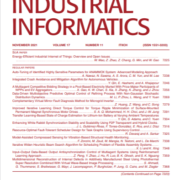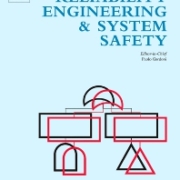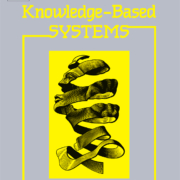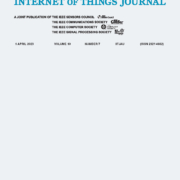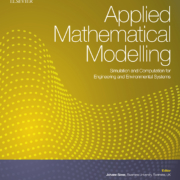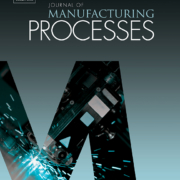Research paper accepted by IEEE Transactions on Industrial Informatics
Accurate and reliable prediction of bearing remaining useful life (RUL) is crucial to the prognostics and health management (PHM) of rotation machinery. Despite the rapid progress of data-driven methods, the generalizability of data-driven models remains an open issue to be addressed. In this paper, we tackle this challenge by resolving the feature misalignment problem that arises in extracting features from the raw vibration signals. Towards this goal, we introduce a logarithmic cumulative transformation (LCT) operator consisting of cumulative, logarithmic, and another cumulative transformation for feature extraction. In addition, we propose a novel method to estimate the reliability associated with each RUL prediction by integrating a linear regression model and an auxiliary exponential model. The linear regression model rectifies bias from neural network’s point predictions while the auxiliary exponential model fits the differential slopes of the linear models and generates the upper and lower bounds for building the reliability indicator. The proposed approach comprised of LCT, an attention GRU-based encoder-decoder network, and reliability evaluation is validated on the FEMETO-ST dataset. Computational results demonstrate the superior performance of the proposed approach several other state-of-the-art methods.

